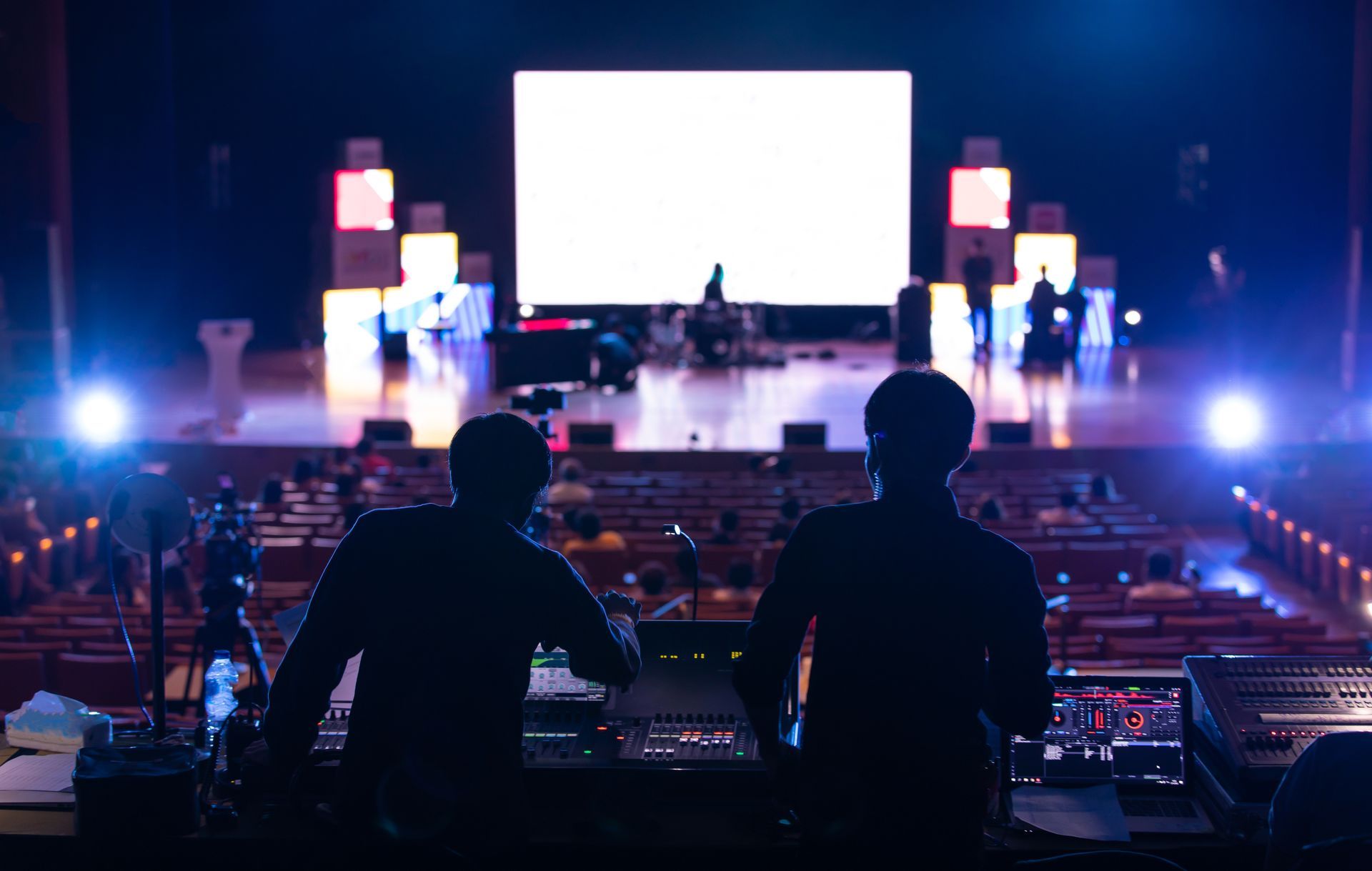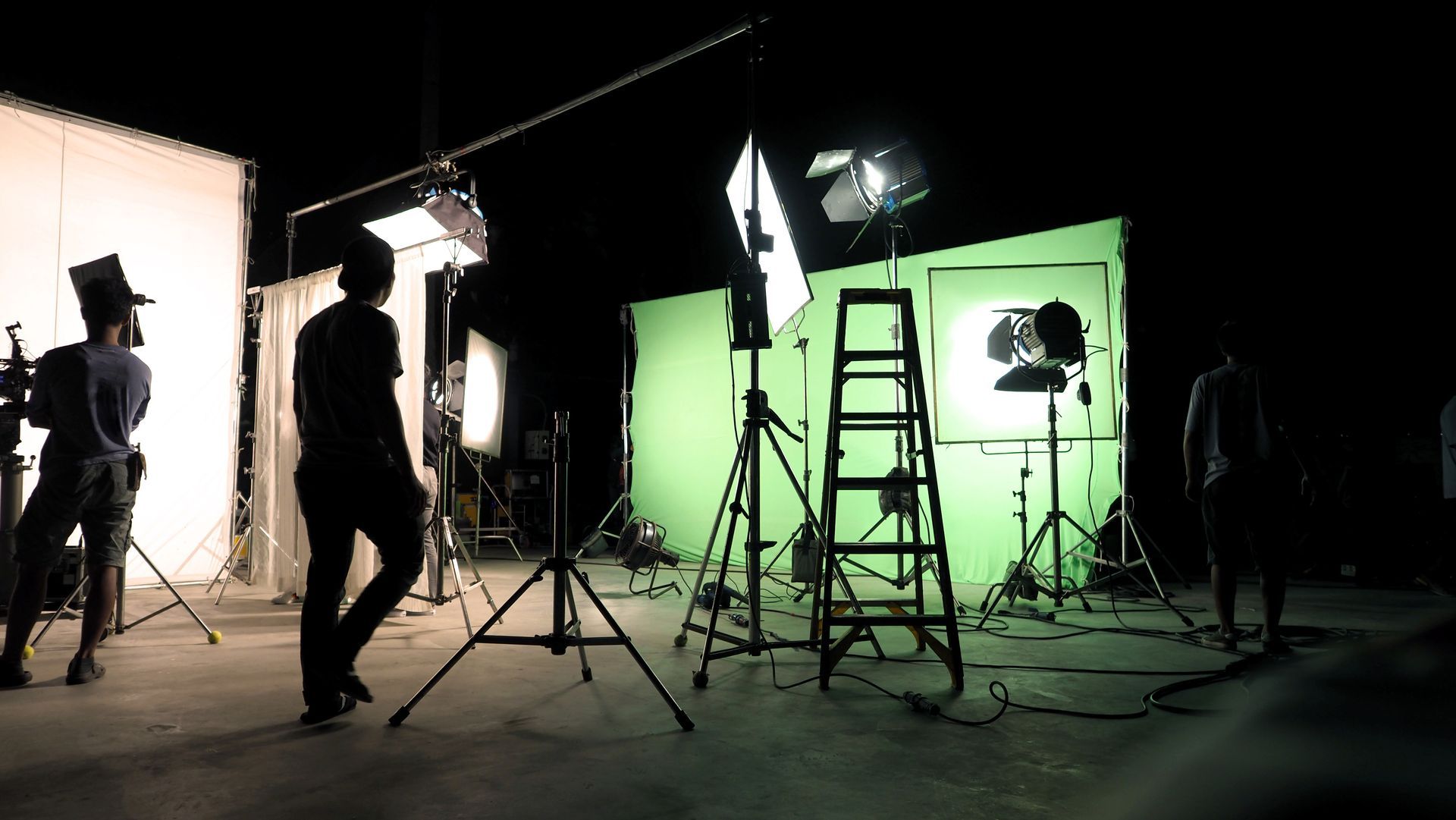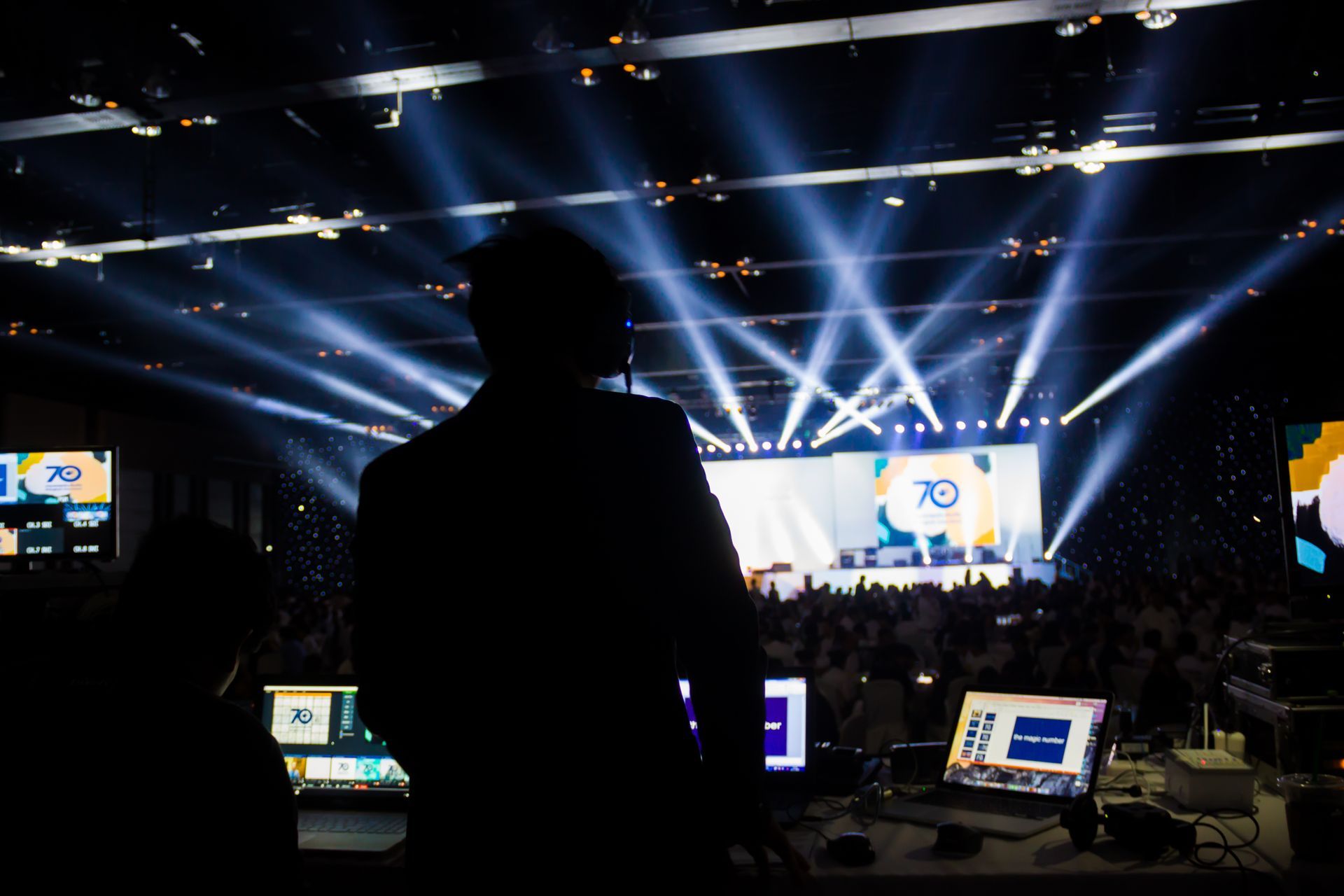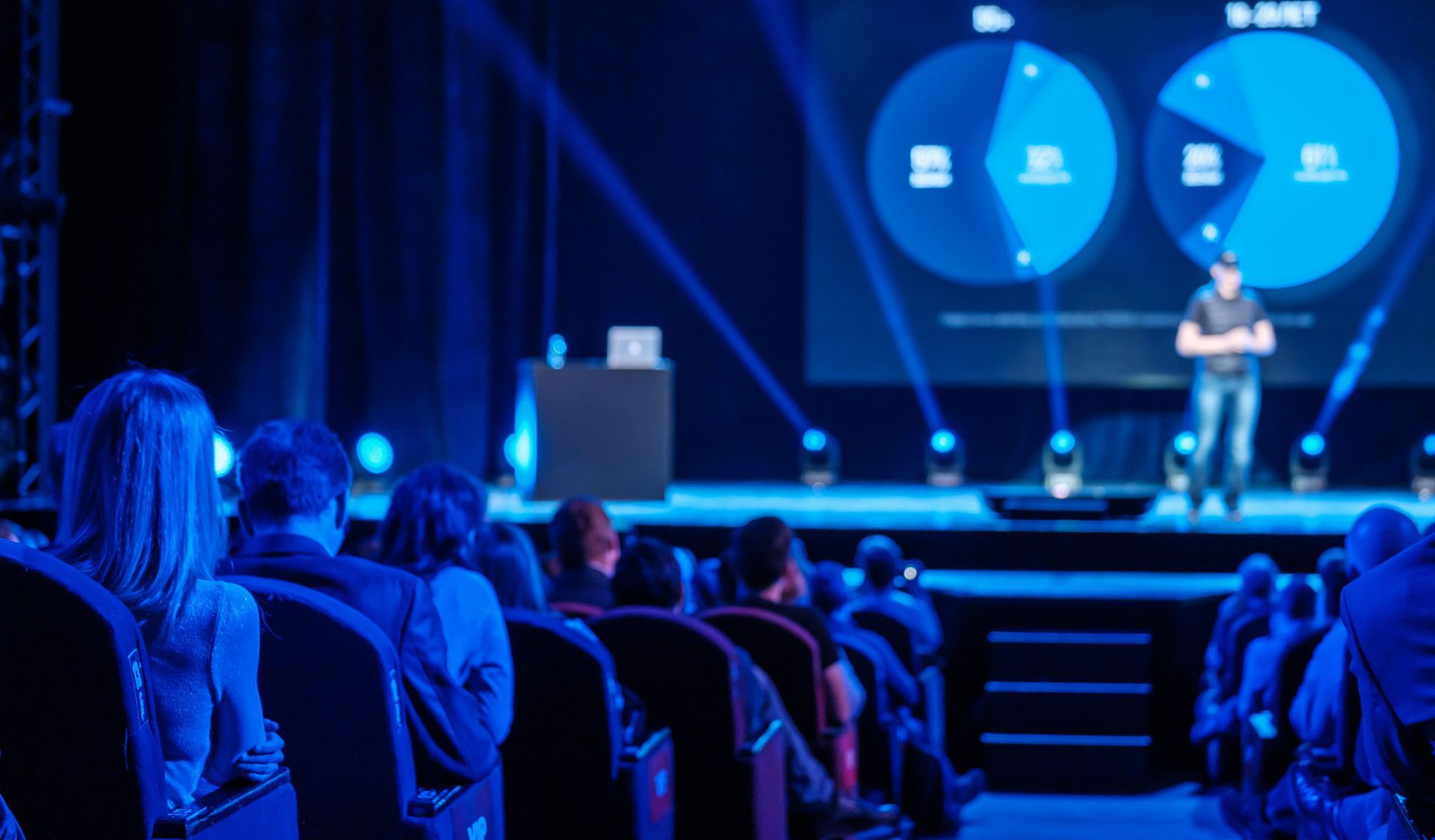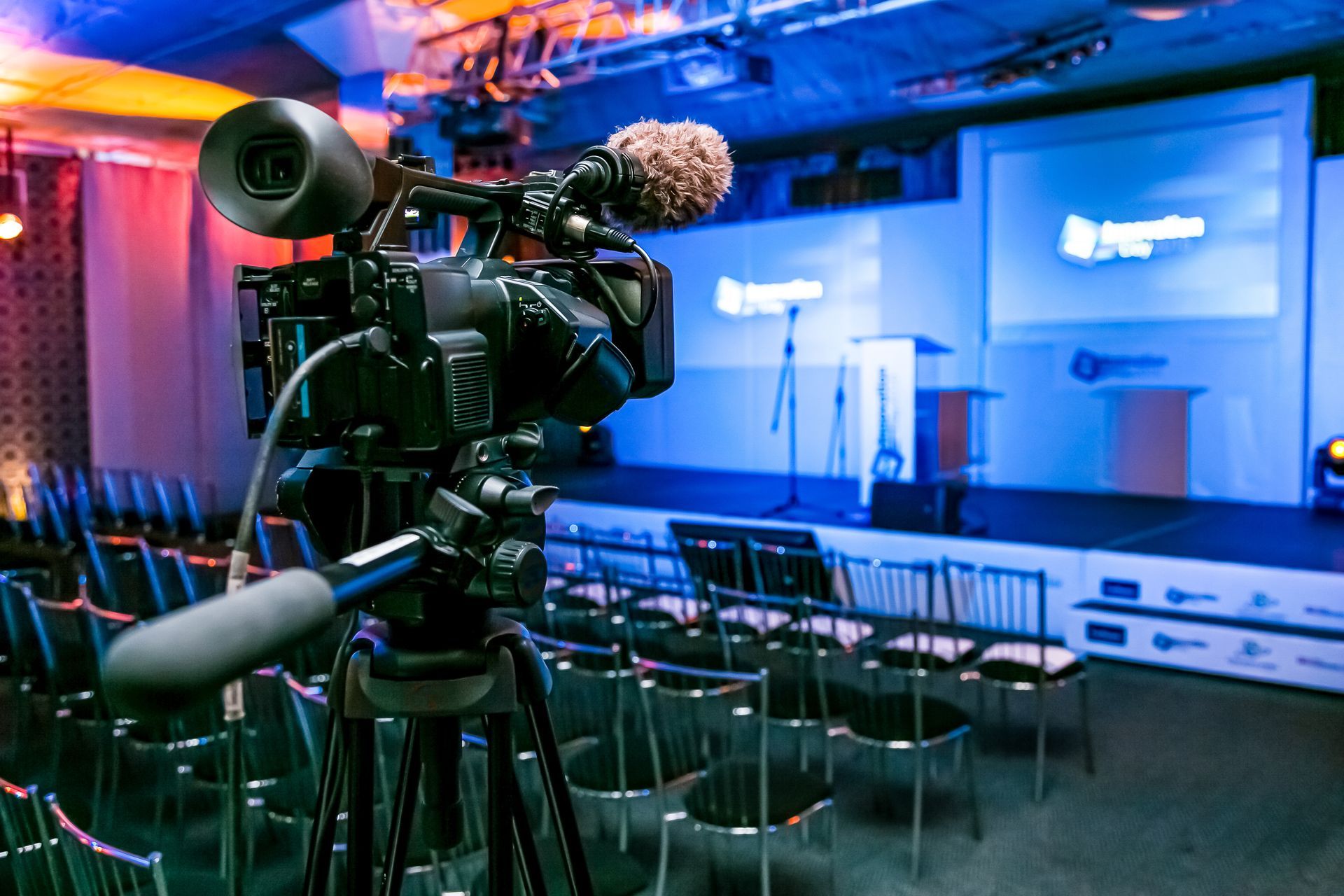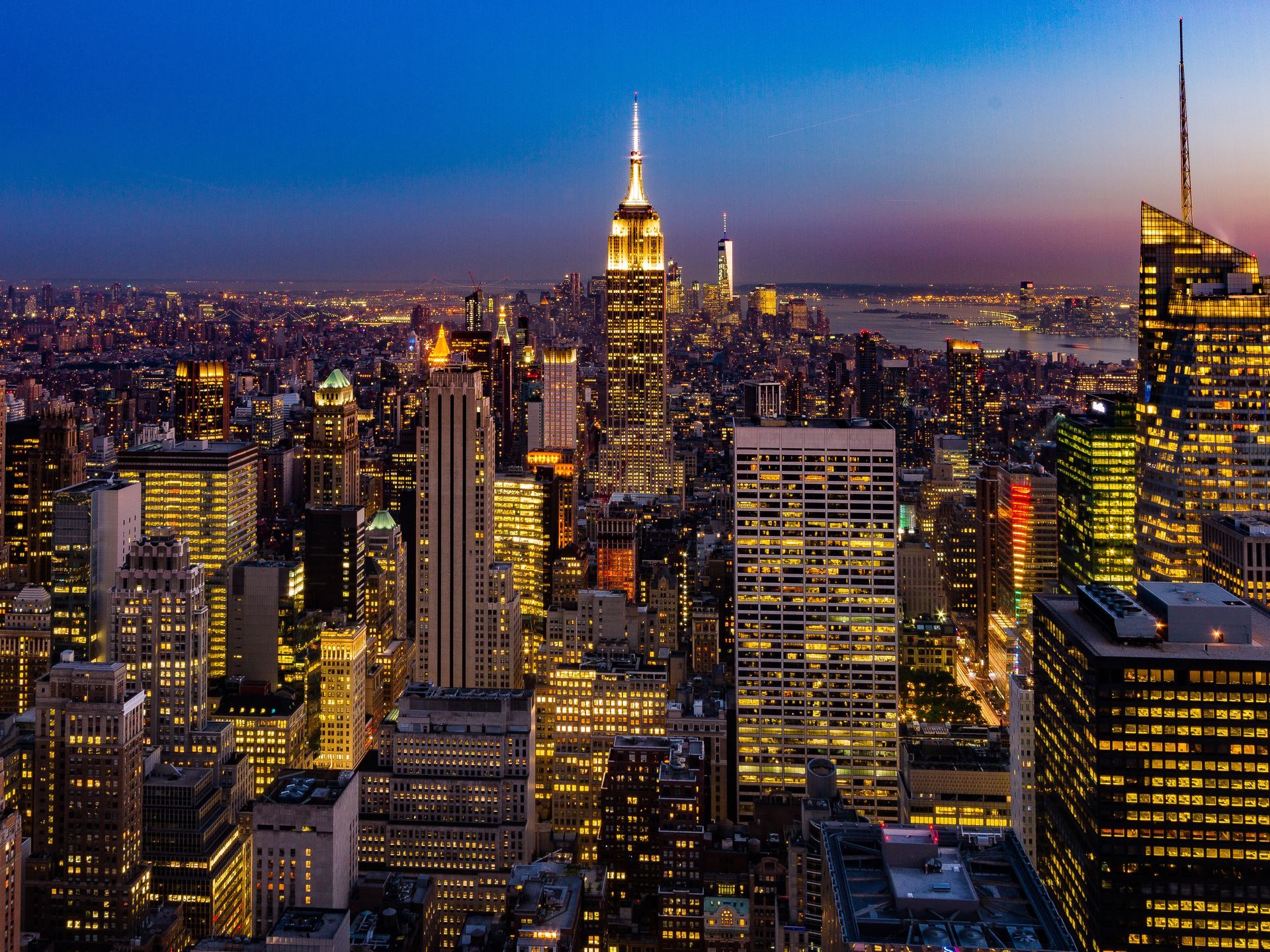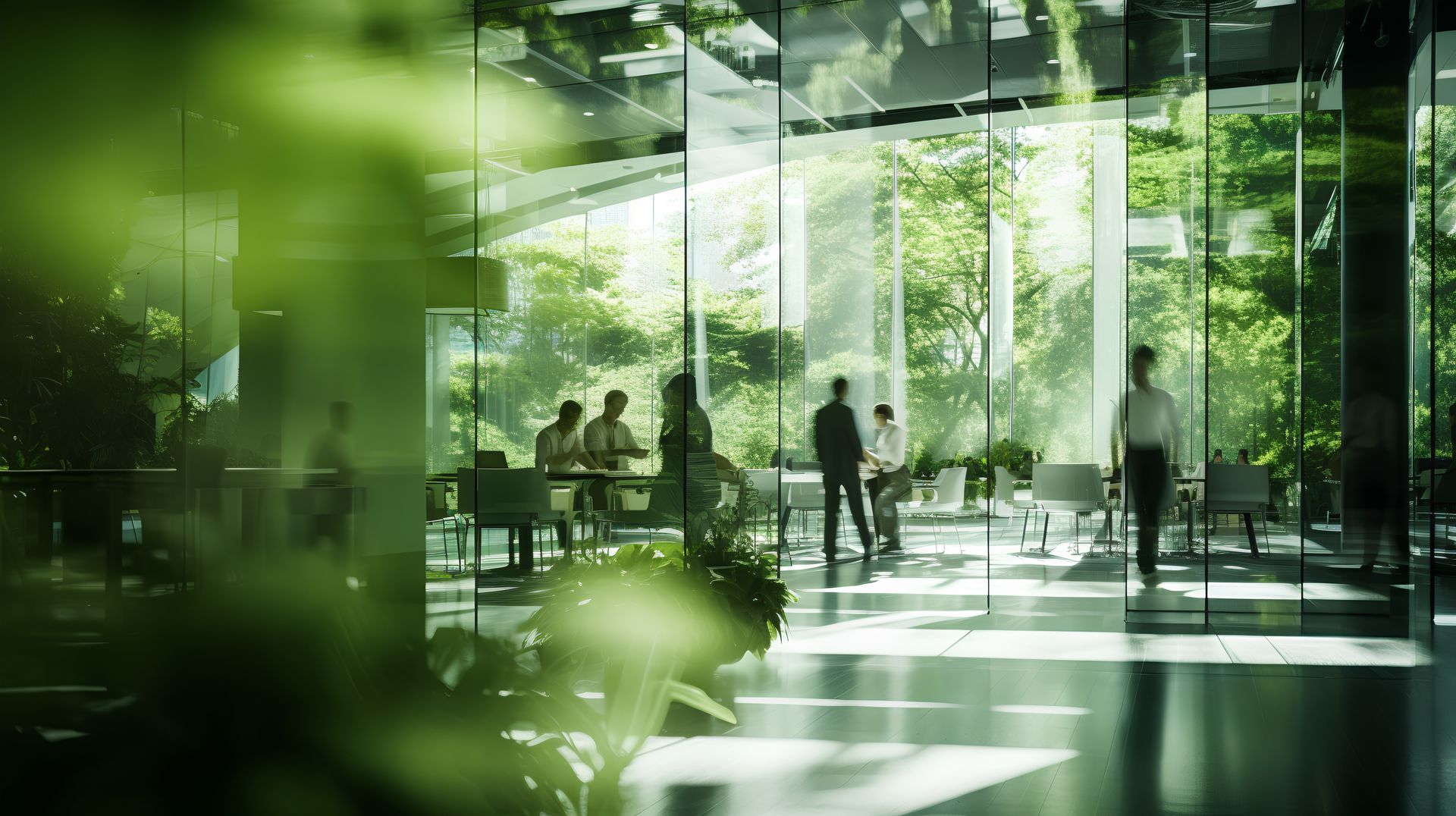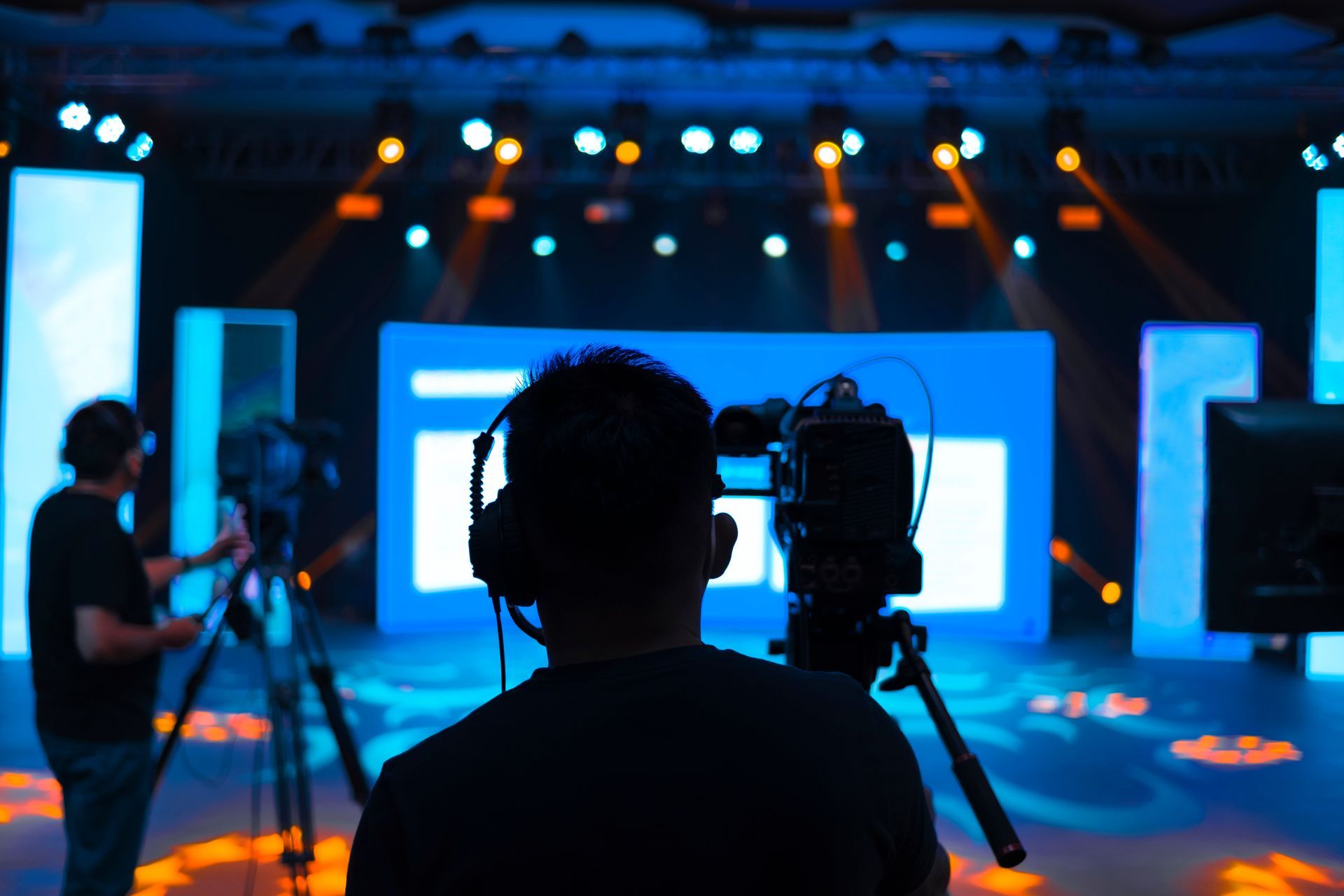Multi-Screen Displays for Immersive Experiences
Audience expectations are higher than ever in today’s event production world. Gone are the days when one screen was enough to keep their attention—multi-screen displays are the new tool in live event production to deliver a more immersive experience. Whether it’s a product launch, corporate conference or an large scale convention, multi-screen setups keep the audience engaged from start to finish.
Article Highlights
- What are multi-screen displays?
- What are the main benefits?
- 3 main types of multi-screen setups
What are multi-screen displays?
Multi-screen displays are exactly what they sound like—a collection of screens working together to create a bigger, more dynamic visual experience. Instead of one screen, these setups use multiple screens arranged in various configurations, from video walls to wraparound displays, to engage the audience from multiple angles. This allows for a more immersive environment where different types of content can be displayed simultaneously or across several screens to enhance storytelling and audience engagement.
In live event production, multi-screen displays are a versatile tool that can adapt to the needs of the event. Whether you’re hosting a product launch in NYC that requires detailed visuals or a corporate town hall where speaker focus and branding need to work together, multi-screen setups provide the flexibility and scale to deliver an impactful experience. Over the years this technology has evolved to allow for more customization, smoother transitions between content and high resolution visuals making it a must have in modern event production.
Mult-Screen Display Benefits
Bigger Visuals
One of the biggest benefits of multi-screen displays is the ability to create a visual spectacle. Instead of being limited to one screen, content can span across multiple screens for bigger than life visuals that grab the audience’s attention. Whether it’s sweeping panoramas or detailed product demos, multi-screen setups allow you to present content in a way that’s visually stunning and fully immersive.
Audience Engagement
Multi-screen displays naturally grab attention, keep the audience focused and engaged. With multiple screens working together you can show different angles, perspectives or even different types of content at once, keep the event fresh and exciting. This keeps the attendees’ eyes moving across the screens, they’ll be more likely to stay engaged throughout the event whether it’s an investor presentation or a live concert.
Flexibility and Customization
Multi-screen setups offer endless possibilities for customization, they’re perfect for events of any size or shape. From small intimate spaces to large arenas, multi-screen displays can be configured to fit the unique layout of the venue. Event organizers can also change the screens to match the content format—live social media feeds, guest speakers, interactive content in real-time. This flexibility means your event can evolve in real-time and stay relevant to the audience.
Brand Storytelling
Multi-screen displays offer a chance for brands to tell their story in a more layered and engaging way. You can split content across screens to showcase different aspects of a product, service or message at the same time, creating a deeper narrative. By coordinating the visuals across multiple screens brands can deliver a consistent message that stays with the audience long after the event is over. This works particularly well in product launches and corporate presentations where detailed information needs to be communicated clearly.
Three Main Types of Multi-Screen Setups
Panoramic
Panoramic displays create a wide, seamless visual experience that wraps around the audience’s field of view. By using multiple screens side by side, you can deliver high impact visuals that can span an entire stage or venue. Panoramic displays are perfect for events like large conferences, concerts or product launches where you want to immerse the audience in a continuous visual narrative. Whether you’re showing stunning landscapes, product demos or corporate branding, panoramic screens give an expansive and unforgettable view.
Interactive Screens
Interactive screens take audience engagement to the next level by allowing the audience to interact with the content. Touch screens are perfect for events like product demos, workshops or trade shows where hands-on is key. Attendees can explore product features, answer real-time polls or even collaborate with the presenter via the screen. By involving the audience in the content through touch and interaction you can create a deeper connection and make the event more memorable.
Curved Video Walls
Curved video walls give a 360 degree visual experience, an immersive environment that grabs attention from every angle. These are perfect for creating a sense of depth and focus, ideal for corporate town halls or keynote speeches. Curved screens can surround the audience or wrap around the stage, keeping the audience engaged and focused. The natural curve of the screen also helps focus the audience’s attention, so content is visible from wherever they are sitting.
Best Practices for Multi-Screen Display
Content Synchronization
To create a seamless multi-screen experience all content across the screens must be synchronized. Whether you’re showing video, presentations or live feeds any lag or mismatch between screens will break the immersion and distract the audience. Use advanced software and technical expertise to synchronize content across all screens so transitions are smooth and visuals flow from one screen to the next. This is especially important for complex events like product launches or corporate presentations where timing and consistency is key to the message.
Creative Layout Design
When setting up multi-screen displays creative layout design is crucial to get the most out of them. Consider the size and shape of the venue when planning the screen layout to ensure they fit in the space without overwhelming it. The layout should provide visibility for the entire audience whether they’re at the front or back. Position the screens so they direct the audience’s attention to key visuals, speakers or product highlights. A mix of vertical and horizontal screens adds variety and visual interest to the event.
Split-Screen
Split-screen allows you to show different content on each screen at the same time, for a more dynamic and flexible experience. For example you can have a keynote speaker on one screen and supporting visuals or data on another, keeping the audience engaged with the presentation and key information. This is especially useful for hybrid events or corporate town halls where multiple types of content need to be shown at the same time. Split-screens also allow for real-time updates, such as social media feeds or audience polls, to make the event more interactive.
Lighting and Sound
The success of a multi-screen display doesn’t just rely on the visuals – sound and lighting are equally important to create a cohesive and immersive experience. Lighting should complement the content on the screens, not overpower it. Dynamic lighting can also be used to direct the audience’s attention from one screen to another. Clear, high quality sound is important so every part of the event is heard as clearly as it’s seen. Synchronizing sound and lighting with the visuals makes for a polished and professional experience that will leave a lasting impression.
Wrap Up: Incorporate Multi-Screen Displays for Your Next Live Event
Adding multi-screen displays to your live events will transform the audience experience from a standard presentation to an immersive event. By thinking about the different setups, best practices and technology like lighting and sound event organizers can engage the audience and tell complex stories in a clear and creative way. Multi-screens are a powerful tool in your event armoury to create unforgettable experiences that will linger with the audience long after the event is over.
Contact Stratosphere for live event production in NYC. We create unforgettable experiences with multi-screens. Product launch, corporate meeting or large scale conference – we bring the innovation and expertise to make your event work for you.
